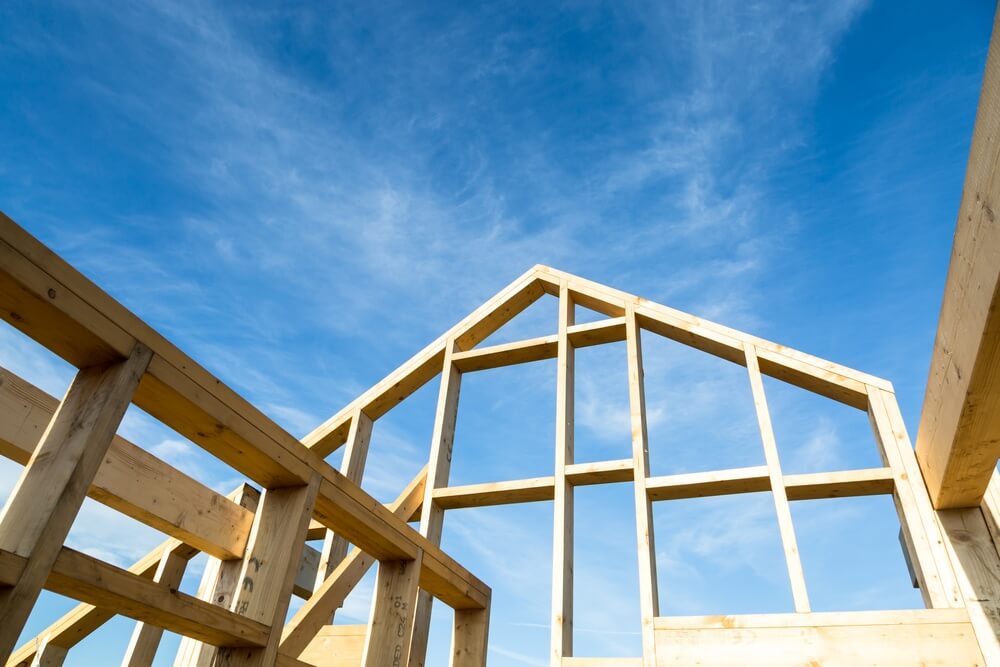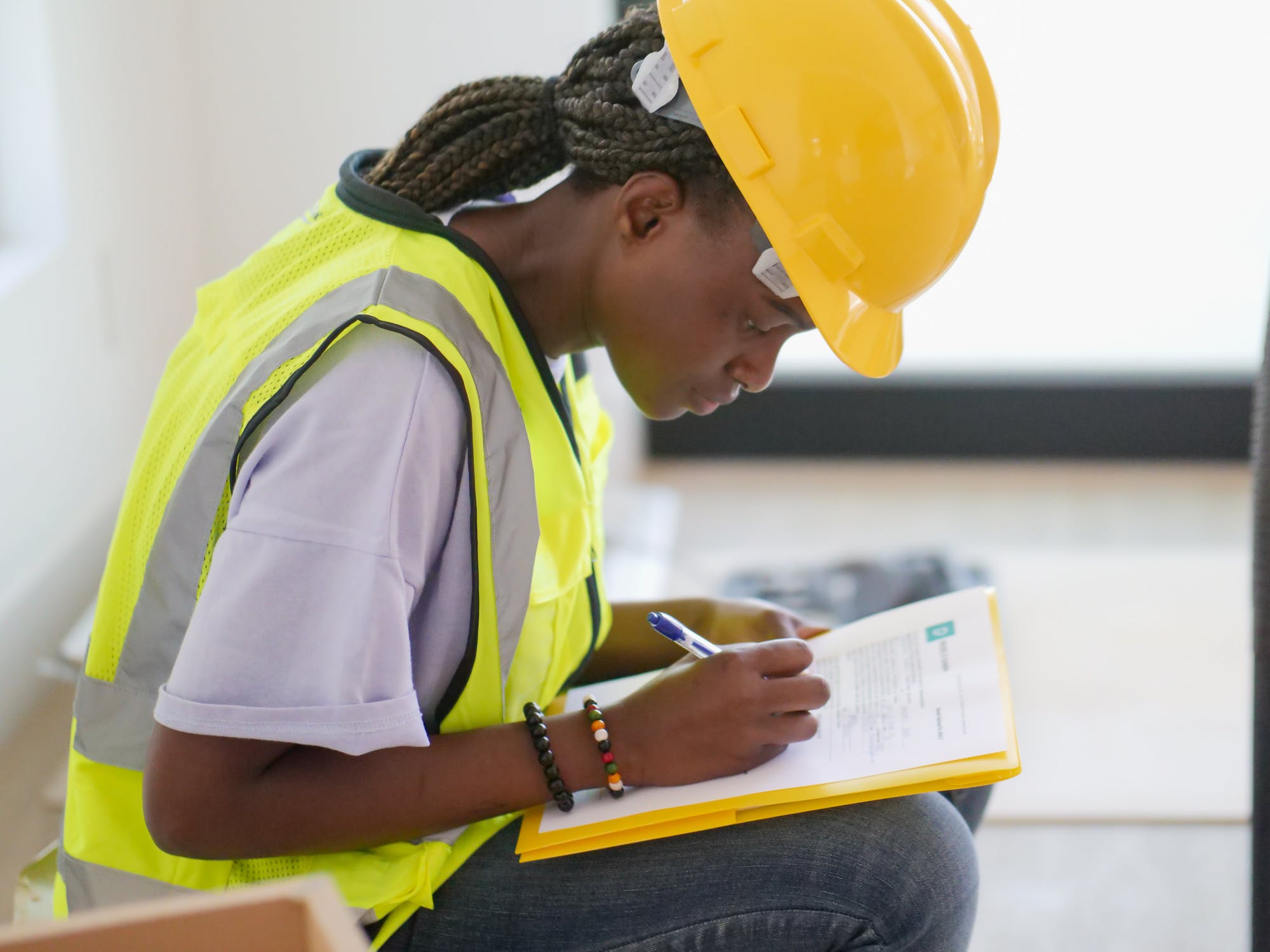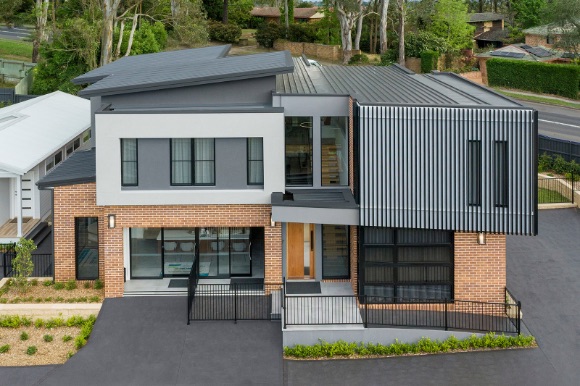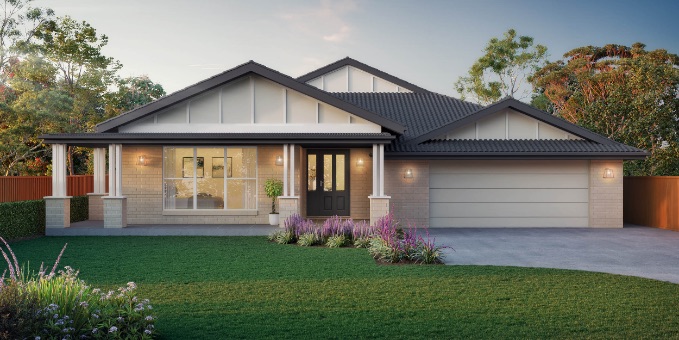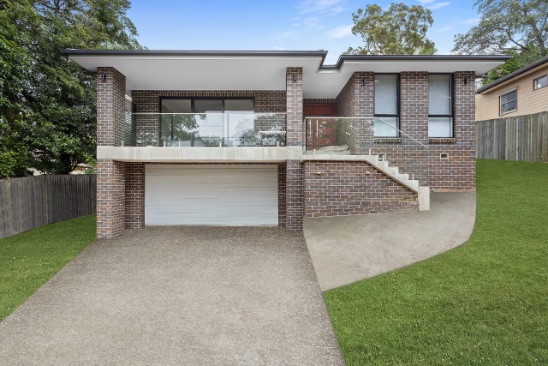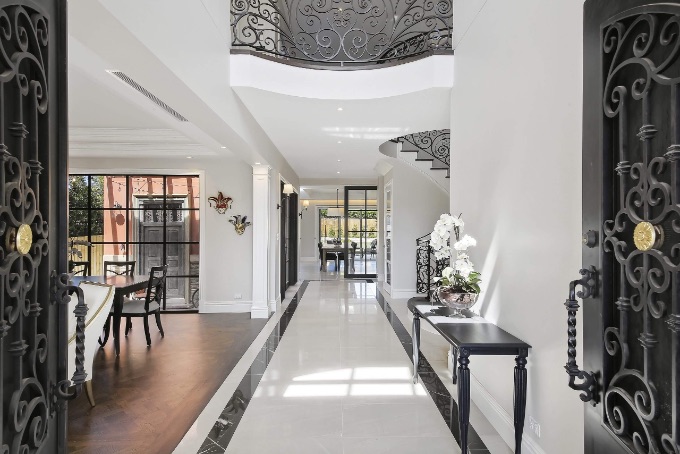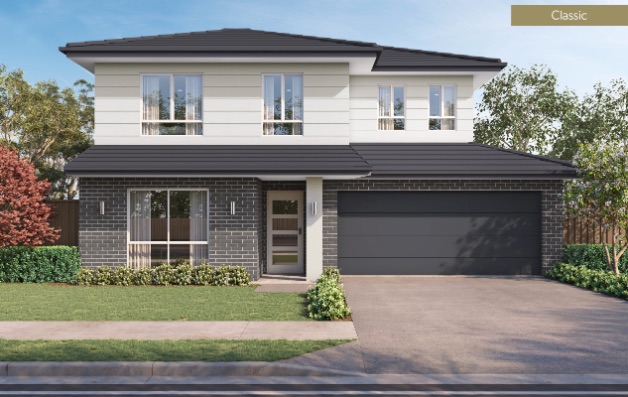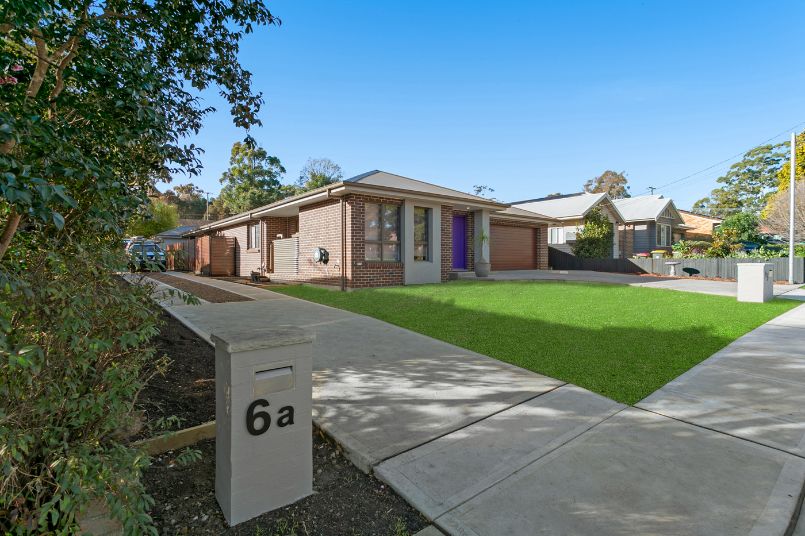
How much does a new home build cost? | Your questions answered
Building a new home from scratch is a decision that many buyers are excited about making. Being able to control the home design and construction materials that best suit your circumstances is simply too good to give up. But to ensure your new build is successful, it’s imperative to understand the construction costs and factors that can affect your new home budget. Please keep in mind that the costs of a new build can vary significantly from one project to another. The design, house plans, land type, and choice of materials all influence pricing. Also, consider the location of your property, any extras and the quality of your new home builder.
While it’s impossible to calculate the exact costs completely, there are some general figures we can apply as a guide to understanding building costs.
General estimates for a new home build
New house builds are measured by dollars per square metre. So take your dream floor plan, and multiply its square meterage by $1500 for a basic build, and about $300 more for a medium level option.
Obviously, for a high-end home with custom-design finishes and tailored design, you can expect to pay much more – anywhere from $1800 to $3000 per square metre and up.
Using that equation, and taking Sydney as an example, here are some ballpark figures for new builds. The starting price for a 3-bedroom home is $190,000 and $210,000 for a 4-bedroom home. For a turnkey package, add approximately $50,000, subject to site conditions.
It’s also worth noting that all new house builds come with home warranty insurance. This means you and your family can enjoy your home without defects. Home warranty insurance covers defects for 6 years from the date of completion as well as for two years for general defects and for a year for incomplete works.
Every property has its own unique benefits and challenges, so the above is to be taken as a rough indicator only. If you want a clearer picture of the finance required for building your forever home, sit down with your design team. Bring everything to the table, from your wish list, bespoke design ideas to questions about land packages and how to reduce expenses.
What factors influence the cost of a new home build?
In order to properly weigh the pros and cons of building a new house, you need to understand building costs first. By incorporating these in your planning you could potentially save lots of money in your final figure.
The custom home builder you choose to build your dwelling will also be able to shine more light on these items.
These factors include, but aren’t limited to the following:
The size of the dwelling
It may seem obvious, but larger houses require more materials and often more equipment. They also have higher material and labour costs.
Ensure you consider size when designing floor plans with your builder and architect. This will have a substantial impact on prices.
The location and availability of resources
It comes as no surprise that projects located far from urban centres could cost more to build. This is due to the fact that builders and tradespeople have to travel longer distances to get there. Taking into account the suburb you choose can save thousands.
Physical factors of the location also have an impact on pricing. The topography of the block, the amount and type of soil, as well as site classification of the terrain, are all a factor in determining site costs. Your contractor needs access to the supply of services such as water and electricity. If this is a challenge, there will be added expenses for the installation of extra piping, cables and trenches.
Let’s not forget the demolition costs associated with a knock-down and rebuild of an existing home as opposed to building on a vacant block.
Custom vs production home build
Typically, home builders can be divided into either a custom or production home builder classification.
A high volume, or production builder has a range of existing floor plans and home designs to choose from, with very few variations on offer. Display homes may showcase finer details, such as the type of bath, tiles, kitchen benchtops and finish. They may be able to offer cheaper rates due to the standardised nature of their inclusions and high volume of work.
Custom home builders offer bespoke dwellings where everything is created to match a customer’s requirements.
Often, this option is seen as being more expensive, but the cost of a custom home build depends on the type of fittings and fixtures utilised. You can add value whilst adhering to a set budget by choosing your own finishes, from the type of windows, doors and roof to the landscaping and everything in between.
The slope of the land
Site costs, including slope and terrain, can result in increased site costs.
A level block is usually easier on the budget, whereas steeper land and uneven terrain can incur higher costs. This is due to the extra work required on such sites to ensure strong foundations are established when constructing a new split level home design.
Excavations as well as clearing and disposal of vegetation, rock and soil means the whole process could attract unforeseen variables and a longer build process.
The quality of the fixtures and fittings
We all have different perspectives on what superior quality looks like when building a home. That is why it is important to collaborate with your contractor to get an understanding of the type of fixtures, fittings and finishes available.
Higher quality materials and upgrades may attract increases in price. However, it’s worthwhile remembering the reverse can cost more in the long run. Cheaper materials in things such as appliances, structural materials and finishes may require repairs or, worse still, replacements.
Take time to get advice from your builder on the best way to build your boutique home, keeping in mind your money. A genuine contractor will take into account your budget and closing costs.
The number of storeys your new home includes
Multi-storey buildings require more trades, equipment and materials. There are many more elements to the design as opposed to a single level property.
The building will require added framing as well as interior and exterior finishes. Because of extra walls, windows and doors and so many other requirements, it will naturally cost more to build.
This doesn’t mean you can’t have a beautiful 4-bedroom house over many levels. It just means it is best to communicate with your architect and builder to find ways to reduce your costs. For example, you may opt for a brick veneer construction instead of double brick and still have funds available for two levels.
Take time to communicate your needs and budget with your builder. There may also be an option to utilise a house and land package to build your ideal home, which can cater to most budgets.
Common costs to expect for a new home build
Most people surge forward with their new building without contemplating and understanding all the common costs. We have collated some of the most common expenses below so you get an idea of what to expect.
The following is not an exhaustive list, and you’d be wise to engage industry professionals to cover all areas of your budget.
Down Payment
Your custom home builder will require some initial funds to pay for labour and to source materials. Each project is different and some will require a higher amount of money depending on the products that need to be supplied.
This initial deposit or down payment can also vary from builder to builder. Usually, the amount of deposit given to the builder is between 10-20% of the total contract price. However, this again needs to be discussed with your contractor. For instance, securing imported quality timber may require more initial funding than locally sourced aluminium.
Construction loans
Most home buyers that are ready to build will opt to get a construction loan. These loans may seem more complicated than your average mortgage, but once you get started, it’s smooth sailing. It’s important to be aware that these are another added expense to your balance sheet.
Construction loans usually charge interest only-repayments during the building process and will convert to a standard mortgage once the construction is complete. The lender will pay the builder directly during each stage of the construction. This isn’t necessarily a monthly payment like a home loan but based on the phases of construction instead.
The interest rate on a construction loan is higher than on a mortgage and the paperwork can be tedious. Your mortgage broker or lender is a great source of help when it’s time to finance your building. A reputable builder also has the right connections and experience to guide you down the right path.
Most lenders require the following information for their loan application:
- Council plans
- Planning permits
- Architects’ approved building plans
- Proof of contract with builder
- Proof of contractors’ insurance
- Proof of land purchase
Permits
Building permits ensure the safety and structural integrity of your building and are issued by private or council building surveyors.
They inspect the site, as well as your building plans, to see if they meet the strict mandates of the Building Code of Australia. The permits are given to the relevant councils and you are charged a fee.
There can be a number of permits required depending on which state you live in. Some councils require permits for other extras such as fencing or a garage.
Your architect and a good new home builder can help customers take care of these permits and give an indication of the expenses.
Inspections
Building a new house requires inspections at various stages of its construction and will be another cost. This is to ensure adherence to the Building Code of Australia as well as other Australian Standards.
These inspections are executed by building surveyors called a Principle Certifying Authority (PCA) in NSW. The inspections required are typically listed on your building permits or approvals. Depending on which state you’re in, some of the mandatory inspections are on:
- Footings
- Slab
- Framing
- Waterproofing
- Final inspection that covers the whole area of your building, from top to bottom.
Labour & Building Materials
Labour and material costs vary from state to state, and even within each state, metro to rural; sometimes even between adjacent postcodes! You will find building a similar house in Melbourne will vary considerably from a rural home in Queensland. This is even more so in the Sydney region.
New house builders that have a wide network of suppliers can tender for their job, getting you competitive prices. Take time to discuss the costs of all materials and labour before signing any building contracts.
Another factor to consider is the shortages of some materials and problems with supply chains in our post-pandemic world. The construction market is still reeling from the aftermath of Covid-19 and you may need to think about using a different style of product to avoid delays and loss of money.
Shortages in qualified labour have also affected the market. Government policies under state both Labor and Liberal parties have limited the amount of skilled labour available in Australia. Although this is normalising, you would be wise in talking about productivity levels with your builder.
Taxes
Wherever we look, it seems we are paying government taxes and property is no different. There are a number of real estate taxes that you will need to account for.
Property in Australia is taxed at state and council levels and the home owners pay it – not renters. Stamp duty is calculated at the point of sale.
Thankfully, when you build your own home you are usually excluded from stamp duty. Cases can differ, so the best thing is to do your research and speak to your accountant. They can answer all financial FAQs.
Building a brand new home will not only suit you and your family’s lifestyle, but it will also cater to the changes that will inevitably come over the years. It won’t cost the earth to break new ground and design your dream home. Speak to the new home builders with a difference at New South Homes and we can discuss your budget and vision. Get in touch today 02 9481 7441.
Experience
the
Difference
Ready to start your building journey? Chat to our team of experts today and get a FREE personalised quote
Find Out More
Related Posts

